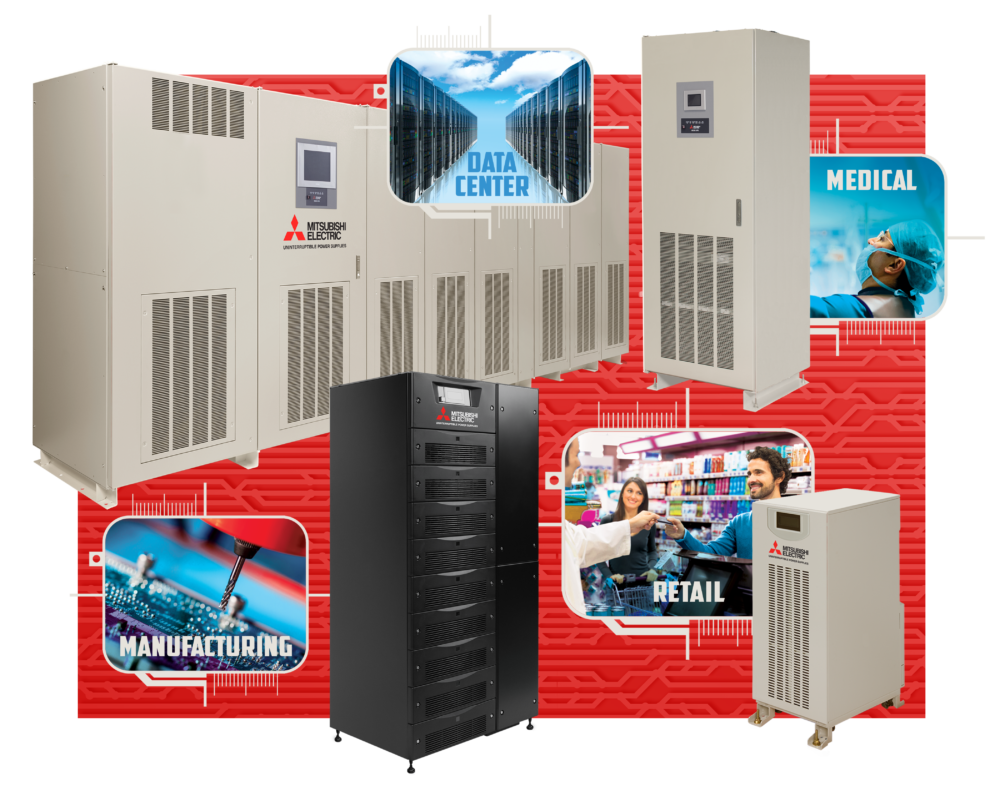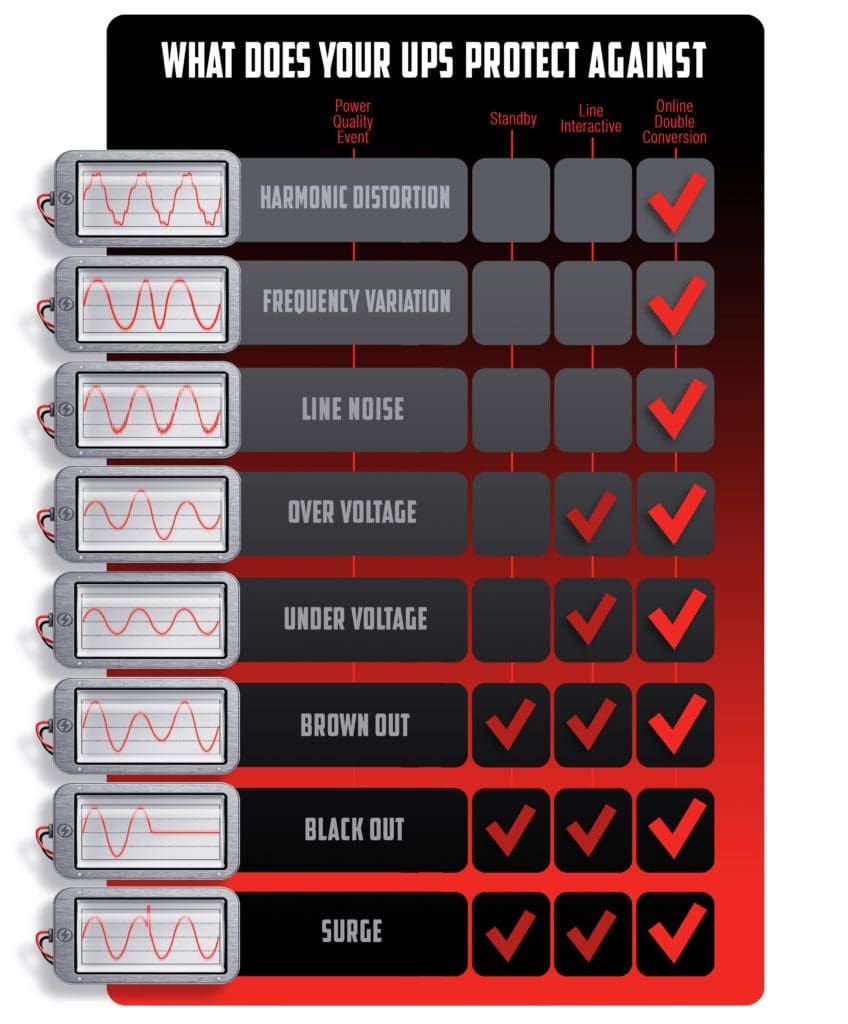What do you know about uninterruptible power supplies? If your answer is “nothing,” you’re likely on borrowed time when it comes to keeping your equipment up and running, even in the middle of a storm or other natural disaster.
Do you really want to take the chance of compromising your company’s short- and long-term success and viability because you didn’t think about finding a way to ensure nothing—and we mean nothing—will ever come between your production line and its full capacity?
Related: The Lowest-Cost Video Wall Products Won’t Always Keep Project Costs Low
If you’re suddenly a little bit nervous about keeping your equipment running the way it should, now is the time for you to download the Commercial Integrator white paper, “Why Uninterruptible Power Supplies Are a Lot More Important Than You Realize” and learn from an expert in the UPS field.
Here’s a bit from the white paper to give you a sense of what you’ll learn when you download it free:
In simple terms, an uninterruptible power supply is connected between an incoming power source and critical equipment that supplies power whenever there’s what Mitsubishi Electric Power Products Inc. product manager Michael Ruhe calls “a power quality event.”
To be sure, no one wants to be faced with a power quality event, but such a predicament is even worse without an uninterruptible power supply (UPS for short) in place, says Ruhe. A lot of people consider a UPS to be a battery backup system, but they’re much more than that, he says.
Companies should employ a UPS anywhere they have a piece of equipment they want to ensure doesn’t go down or malfunction because of what Ruhe calls “dirty power.” The most popular application for a UPS, he says, is with IT equipment.
“The Internet is the backbone of everything,” says Ruhe. “If you walk into a large data center, they’re going to have a UPS backing up all the servers to make sure everything continues to run in case there is a power issue.”
If you look closely, you might also find a UPS in manufacturing plants, video recording students, content delivery applications and “anywhere else a customer has a piece of equipment it wants to make sure does not go offline,” says Ruhe.
How to Choose the Right UPS
While a UPS may be a new concept to some of our readers, it’s certainly nothing new to Mitsubishi Electric, which started manufacturing them in 1964 and brough them to the U.S. in 1980. Mitsubishi has always built online double conversion UPS devices, but there are other types too, says Ruhe.
Standby UPS are “the most basic type,” he says, allowing power to pass through without regulating voltage and waiting for an event to happen before stepping into action. They monitor voltage within a certain range and switch the power source to battery once the voltage is outside that range.
Like the standby UPS, a line interactive UPS protects against brownouts and blackouts, but it adds an automatic voltage regulator and uses transformers to adjust power to provide two additional levels of protection, says Ruhe.
Online double conversion UPS devices takes AC input power, converts it to DC voltage, then back to AC power to recreate the system it’s protecting and monitoring. In addition to handling brownouts and blackouts, online double conversion UPS devices also help with sags and can remove line noise, distortion, frequency variation and more, says Ruhe.
Click here to download the Commercial Integrator white paper “Why Uninterruptible Power Supplies Are a Lot More Important Than You Realize.”











